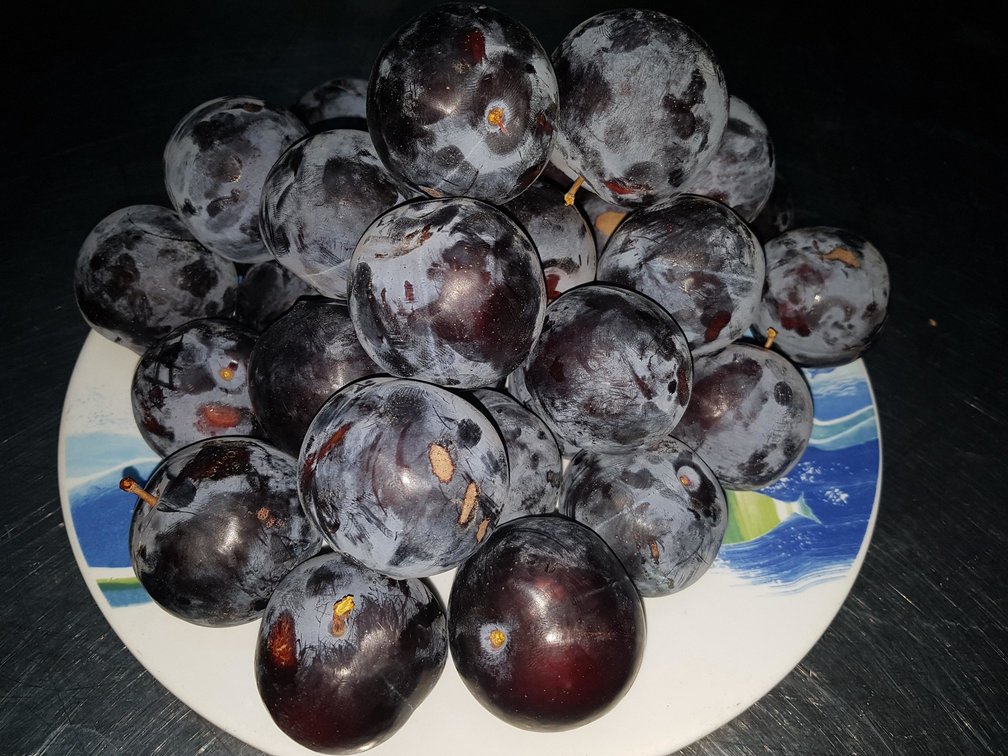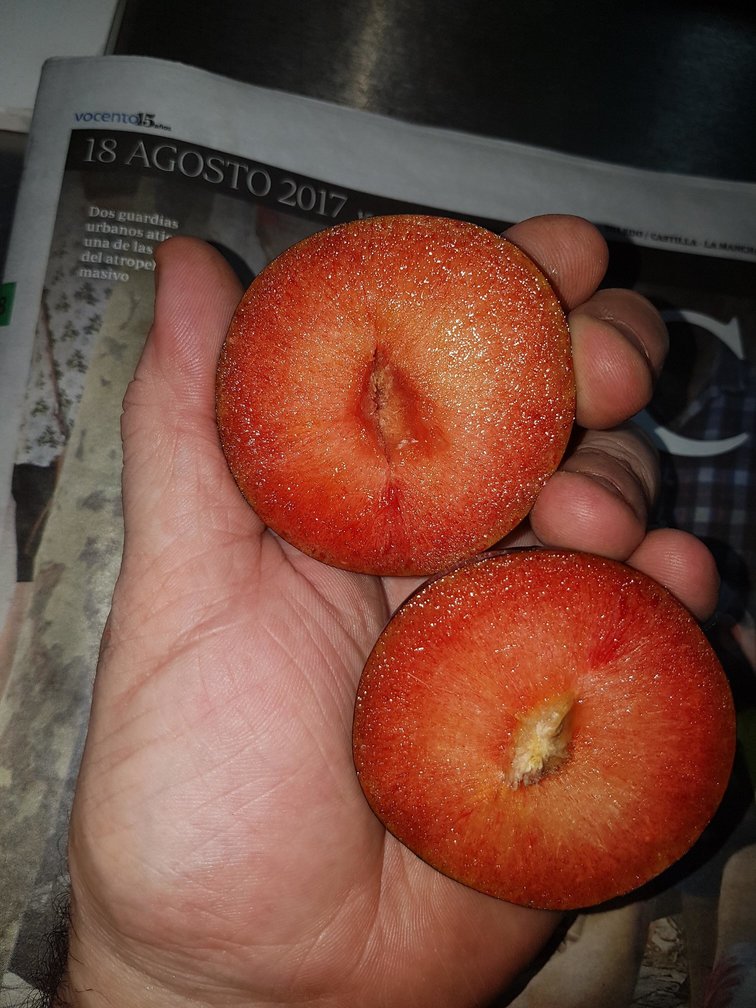mroot said:
Why do think that dormant oil and copper is that useful? The oil helps with mites and insects that lay eggs on the trees themselves and that’s it. Copper is used to help with canker although studies have shown there are resistant strains of canker that are immune to copper.
This is absolutely false.
Indeed, paraffin oil has an insecitic, ovicidal and larvicidal function by suffocation, so that when we start the campaign in spring, the orchard is free of harmful insects, and we will only have to treat with chemical insecticide in the event of a plague appear ( from out of our orchard ) that we will detect early which will be easily manageable.
Copper Oxychlorurium in a dormant state of the trees , is one of the most powerful fungicides that exist, it has systemic activity (penetrates inside the plant) eliminating the spores of fungi during its winter phase, and also has a powerful bactericidal action, so we will start the campaign in spring free of fungal spores in our trees, so if there is any fungal incidence,( that it will come from outside our garden ) we will detect it early, and we will act against it very easily.
The fact that you think that these are must do sprays just demonstrates that you live in an arid region and have little disease and insect pressure. And you have no real understanding of what high disease and insect pressure is. In your area you can do nothing and still get a decent crop. It’s the same thing in California.
It is still false.
If we want to have a healthy orchard and good harvests , the winter treatment is a “MANDATORY” work in our orchards.
This treatment is carried out in the orchards of the North, South, East, and West.
If it is not carried out, it will be “the chronicle of an announced death.”
It does not matter the region of the world where the orchard is.
If we want to be successful with the harvest, this treatment must be done “YES or YES”, in California (what a mania you have whit the Californians), or in La Conchinchina.
Moreover, in humid climates it is much more important than in dry climates, due to the ease of transmission of fungi in humid environments.
This means that in more arid regions, only perform one or two winter treatments, while in humid regions, it is imperative to make three applications.
It is not that I am making it up, it is a fact and a common practice worldwide
Most of the members of this forum don’t live in arid regions and if they have sweet cherries they have a regular spray schedule. At least they have a spray schedule if they want a crop they can eat.
I love this paragraph hahahahahaha
And if the other members of the forum are thrown into a well, you also throw yourself inside (I love your criteria).
The application of chemical fungicides is the last line of defense, which we must try not to reach, for this reason preventive treatments are carried out in winter, since as I have repeated before, if any incidence appears, it will be a lower incidence , and we will be able to attack in time with chemical fungicides with infinite more efficiency
Brown rot is everywhere and a constant problem. To control it spraying captan or if you can get it-Indar is necessary.
My mother hahahahahaha
Brown rot is a fungal disease produced by a group of fungi from the family “Monilinia spp.”, Absolutely easy to control.
In the first place, for this fungal disease the winter treatment is “mandatory”, and eliminates the incidence of the problem in more than 90%.
And secondly, Captan is an older fungicide than Matusalen, and it only has " PREVENTIVE " activity.
For the chemical fight against Monilia (Brown rot) new generation fungicides are used (relatively new, they have been used for more than 20 years), fungicides with “PREVENTIVE, CURATIVE AND ERADICATING” action.
This fungicide is suitable:
As far as insects, the cherry fruit fly, SWD, plum curculio, and Japanese beetle are common. Cherry growers spray insecticide to control these after petal fall. None of these problems are controlled by oil or copper.
Let’s see, the fruit flies (there are different species):
- Ceratitis Capitata
- Batrocera oleae
- Drosophila suzukii
- Etc…
They affect equally both in hot and arid climates, as in cold and humid climates.
The use of insecticides in the vegetative state has been the traditional method of fighting, but it is not very convenient and less so in amateur orchards where we are the ones who are going to consume the “poisoned” fruit.
Currently commercial plantations, and therefore amateurs with more reason, fight against this pest in a very different way.
There are three important fighting methods, and they are often used in combination
- Massive trapping with attractant (can be used as a Diamonic phosphate attractant with excellent results)
- Pheromones of sexual confusion (with this product, the males do not find the females to fertilize them, so the population does not multiply)
- Magnet Med System (attraction and death), is the most innovative system with the best results on the market
And now we go with Japanese beetle ( Popillia Japonica ) .
Fighting with insecticides against the Japanese beetle is simply useless (fully proven).
To fight this pests, an entomopathogenic fungus is used called:
In Spain we have had really serious problems with a beetle that kills palm trees, it is commonly called “red weevil”, and its scientific name is Rhynchophorus ferrugineus.
This pest killed thousands and thousands of date palms in Spain, and since the Beauveria bassiana fungus has been used, the pest has been eradicated.
It is perfectly useful in the control of the Japanese beetle ( Popillia Japonica )
In Spain we do not have curculio plum (Conotrachelus nenuphar), and therefore I do not know how to fight against it.
Alan, I am not a Guru, I am only a amateur fruit growing, but with a little of experience in my luggage
Regards
Jose















